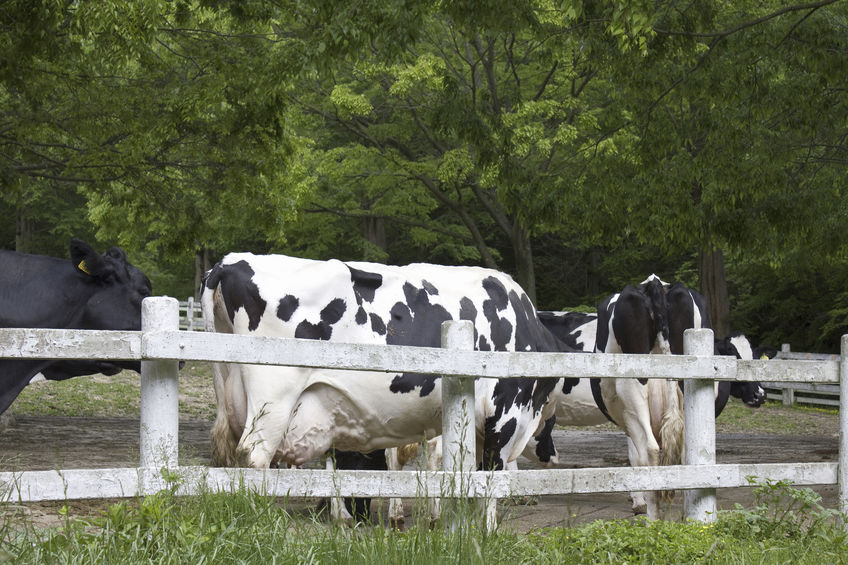
British milk production from January to July 2016 was 247m litres lower than over the same period last year, after adjusting for the leap year, new statistics show.
Using a combination of data from BCMS, Kingshay and Defra, AHDB is able to look at the key drivers behind this volume reduction.
The AHDB analysis suggests that 56% of the drop in milk volumes was due to milk yields, most likely a result of farmers not pushing volumes as hard as in 2015.
The remaining 44% was a direct result of having a smaller milking herd – something that will take "significantly longer" to turn around, AHDB analysis concluded.
According to Kingshay, the milk yield generated from forage was better in 2016 than it was in 2015.
This effectively lifted milk volumes by 172m litres. However, overall milk yields were worse in 2016, suggesting the yield from concentrates was much poorer than in 2015.
This is backed up by Kingshay data, showing that farmers cut back on the use of concentrates this year, most likely a result of the "extremely poor" milk prices, AHDB has said.
Overall milk yields are estimated to have accounted for 138m litres of the 247m litres drop in milk production seen in the country.
BCMS data shows that the dairy herd was smaller in 2016 than it was at the same time last year. In addition, according to Kingshay, a lower proportion of cows were in milk this year.
As a consequence, it is estimated that the smaller milking herd accounted for a further 109m litres drop in volume.
